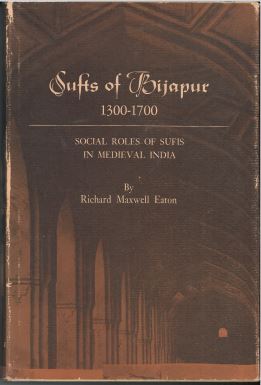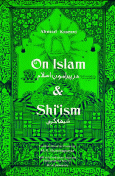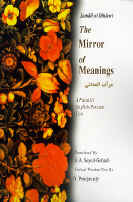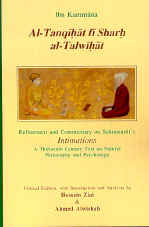Sufis of Bijapur 1300-1700; Social Roles of Sufis in Medieval India: English 1978
61.47 $
Share
Wishlist
ISBN:
9780691031101
Publisher:
Princeton University Press
Age Group:
Adult
Pages:
392
Weight:
718 g
Dimensions:
16 x 2.9 cm
Book Cover:
Hard Cover
The Sufis were heirs to a tradition of Islamic mysticism, and they have generally been viewed as standing more or less apart from the social order. Professor Eaton contends to the contrary that the Sufis were an integral part of their society, and that an understanding of their interaction with it is essential to an understanding of the Sufis themselves. In investigating the Sufis of Bijapur in South India, (he author identifies three fundamental questions. What was the relationship, he asks, between the Sufis and Bijapur's 'ulama, the upholders of Islamic orthodoxy? Second, how did the Sufis relate to the Bijapur court? Finally, how did they interact with the non-Muslim population surrounding them, and how did they translate highly developed mystical traditions into terms meaningful to that population? In answering these questions, the author advances our knowledge of an important but little-studied city-state in medieval India.
more
The Sufis were heirs to a tradition of Islamic mysticism, and they have generally been viewed as standing more or less apart from the social order. Professor Eaton contends to the contrary that the Sufis were an integral part of their society, and that an understanding of their interaction with it is essential to an understanding of the Sufis themselves. In investigating the Sufis of Bijapur in South India, (he author identifies three fundamental questions. What was the relationship, he asks, between the Sufis and Bijapur's 'ulama, the upholders of Islamic orthodoxy? Second, how did the Sufis relate to the Bijapur court? Finally, how did they interact with the non-Muslim population surrounding them, and how did they translate highly developed mystical traditions into terms meaningful to that population? In answering these questions, the author advances our knowledge of an important but little-studied city-state in medieval India.
more







